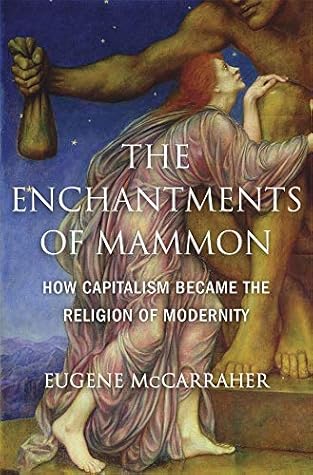Advertisers enclosed the mind and soul in an “advanced system of dream-manufacture,” a liturgical enterprise of “make-believe” invested with “the accumulated make-believe of past decades and past centuries.” Trafficking dishonestly in faith and hope—certainly not in charity—advertisers practiced a “modern priestcraft” not unlike that of the Middle Ages. Defining “the material, oral, and spiritual content of the Good Life,” their slogans, images, and trademarks comprised the iconography of capitalist faith.
Welcome back. Just a moment while we sign you in to your Goodreads account.


